As responsible travelers evolve, so do the stories we share.
This article is part of our living archive — trusted content we continue to care for.
First published on May 25, 2019 • Last updated on May 19, 2021.
The Buenaventura Reserve provides easy access to explore the flora and fauna of Southern Ecuador. However, a visit to this widespread reserve requires a little planning as many of the great things to do lie a few kilometers from the main lodge.
Once you arrive, there is a long list of things you can do. Here is a list of our top eight:
1.Bird Watching From the Main Lodge Deck
The main lodge has a beautiful, large deck that is loved by tourists and Ring-tailed Coatis alike. Be prepared to snap photos of the family of fruit loving scavengers as they glean the trees just on the other side of the railing. But be warned! They are curious enough to join visitors on the deck. Please don’t be tempted to feed them. Their sharp teeth and long claws could do some serious damage!
The main draw, however, is the birds. Especially the hummingbirds! Several large feeders attract multiple species on a daily basis. We loved the well-dressed White-necked Jacobins and the diminutive Green Thorntails the most. A striking pair of Green Honeycreepers visited throughout the day as did a couple of sharp-beaked Bananaquits. We were disappointed that the plantain feeders were not stocked during our visit so we missed out on many tanagers and chachalacas. For the best photos, sit on the patio floor and aim your camera between the fence slats. There, you will photograph birds perched in a natural setting rather than at the bird feeders!
2. See An Umbrellabird
I have to say, seeing a Long-wattled Umbrellabird goes down as one of the neatest things I have done in my life. This is a strange-looking bird. The male has a long wattle (surprise!) that looks like a feathered boa worthy of a Vaudeville show. Fortunately, the Umbrellabird Lodge has a lek, a type of gathering place, a short hike from the main lodge.
3. Track the Club-Winged Manakin
When I hear a high pitched, almost electric whine in the forest, my first thought is not a bird. But at the Buenaventura Reserve, that sounds means you should start looking for the small Club-winged Manakin. This hard-to-see bird makes this noise with a fast movement of its wings. It’s a part of his mating display. Ask at the lodge where the latest lek might be found!
4. Birdwatch the Reserve’s Main Road
If you have access to car, be it with your guide, your tour group, or your own rental, it is worth taking an early morning drive along the road past the lodge towards the Scientific Research Station. Stop along the way (there are many wide spots) to birdwatch or to check out the views. One particular stop is breathtaking. When you get there, you might think you have come to the end of the road as a sign states that cars should not continue. Don’t worry. After obeying the sign on day one, we learned that it is outdated and that guests are welcome to drive all the way to the exit on the other end of the road.
5. Tour the Buenaventura Hacienda Hummingbird Garden
Hummingbirds are everywhere on the Buenaventura Reserve! Not only can you see them on the lodge patio, you can visit them at the newly acquired hacienda. This property once belonged to a local farmer. The land now hosts a hummingbird garden that is very popular with Ecuadorian tourists! Its ease of access means that thousands of Ecuadorians will visit annually, learning more about the environment and why it is so important to protect vital wildlife habitat.
Learn More About the Buenaventura Hacienda Hummingbird Garden
6. Hunt for Frogs at the Scientific Research Station
The Buenaventura Reserve is also home to a Scientific Research Station. It is a few kilometers drive from the main lodge and requires a good map or directions to arrive. The drive there provides some spectacular views including the one heading this article. We visited on a Sunday and the gate was closed but we had been told by another guide to go ahead and walk through the gap between the gate and the barbed wire fence so we did! And are we glad. This is the best place to find frogs, including poison dart frogs!
Article on Frog Spotting at Buenaventura Coming Soon!
7. Visit the El Oro Parakeet Nesting Boxes
The Jocotoco Foundation founded the Buenaventura Lodge to help protect the diminutive yet colorful El Oro Parakeet. These tiny birds of the parrot family can only be found in a small region of Southern Ecuador. Deforestation from farming has put their survival in severe jeopardy. Visitors can see several nesting boxes in the area including at the Buenaventura Hacienda and the Scientific Research Station.
Article on the El Oro Parakeet Coming Soon!
8. Enjoy the Flora of the Subtropical Forest
Last but not least, hunt down some orchids and other interesting flowering plants. We arrived a little early for orchid season but still found some great examples of flowers that were worth a photo or two. For orchids, the best time to visit is between April and June.
Lodging at the Buenaventura Reserve
If you decide to visit the Buenaventura Reserve, the best place to stay is at the Umbrellabird Lodge, owned and operated by the Jocotoco Foundation. Proceeds from your stay help support the conservation of the threatened sub-tropical, evergreen forest and the species it protects. Full room and board are included in the price of your stay. All you need is a mode of transportation and possibly a naturalist guide, both of which Jocotours can help you arrange. We are also willing to put together an itinerary for you!
Check out our Southern Ecuador Trip report to see how we managed our travel arrangements.
How to Get To The Umbrellabird Lodge
Getting to Buenaventura is part of your southern Ecuador adventure! Fortunately, it is readily accessible by car from Loja (3.5 hours), Cuenca (3.75 hours), or Guayaquil (4 hours). Each route provides different places to stop along the way. Make sure to plan for extra time to make a few stops!

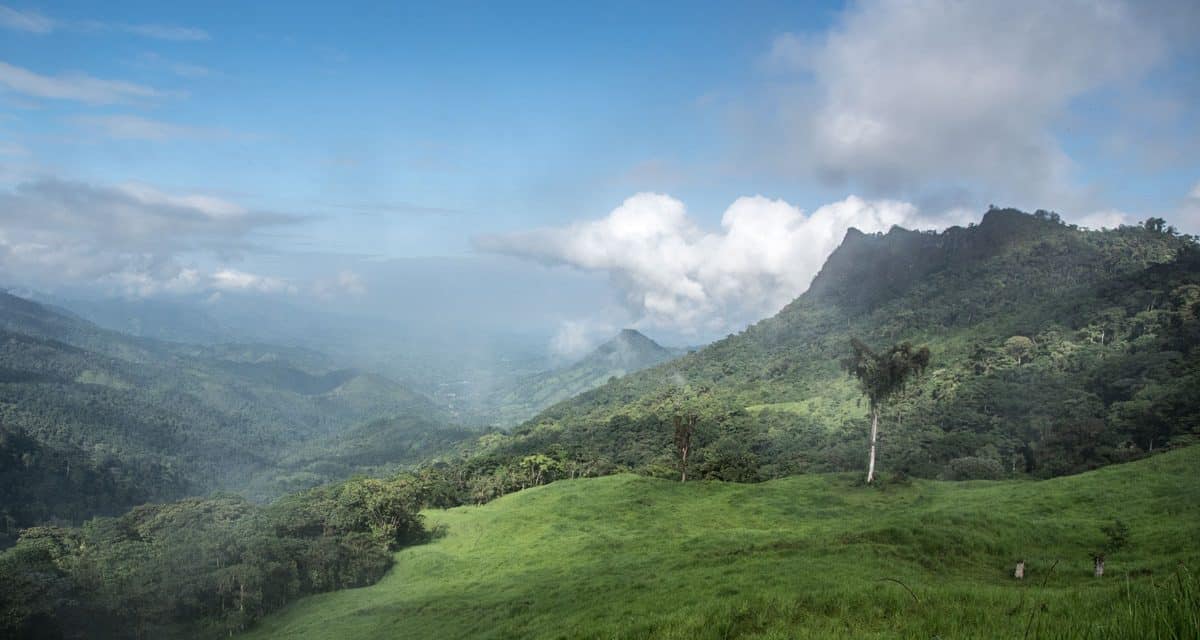


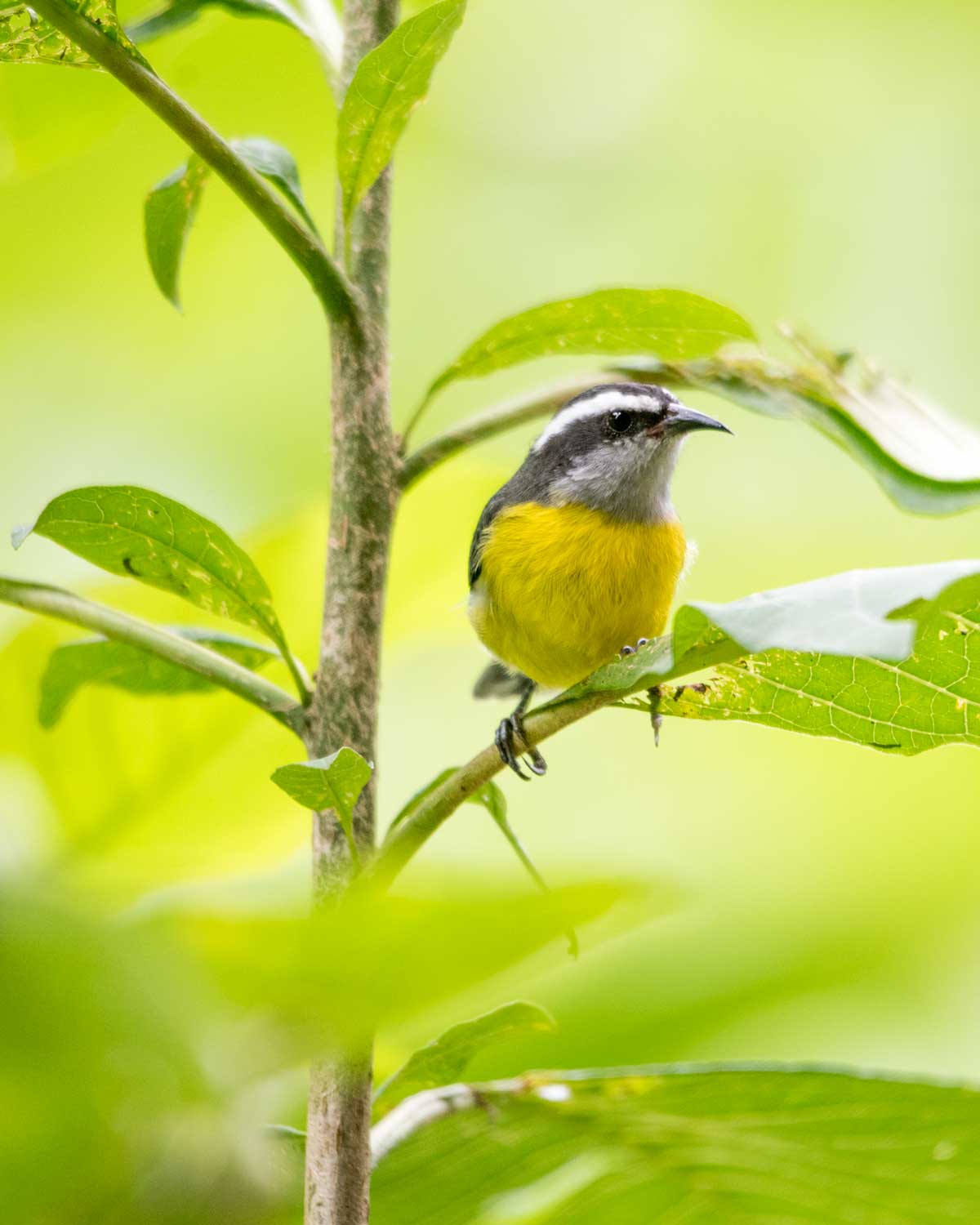
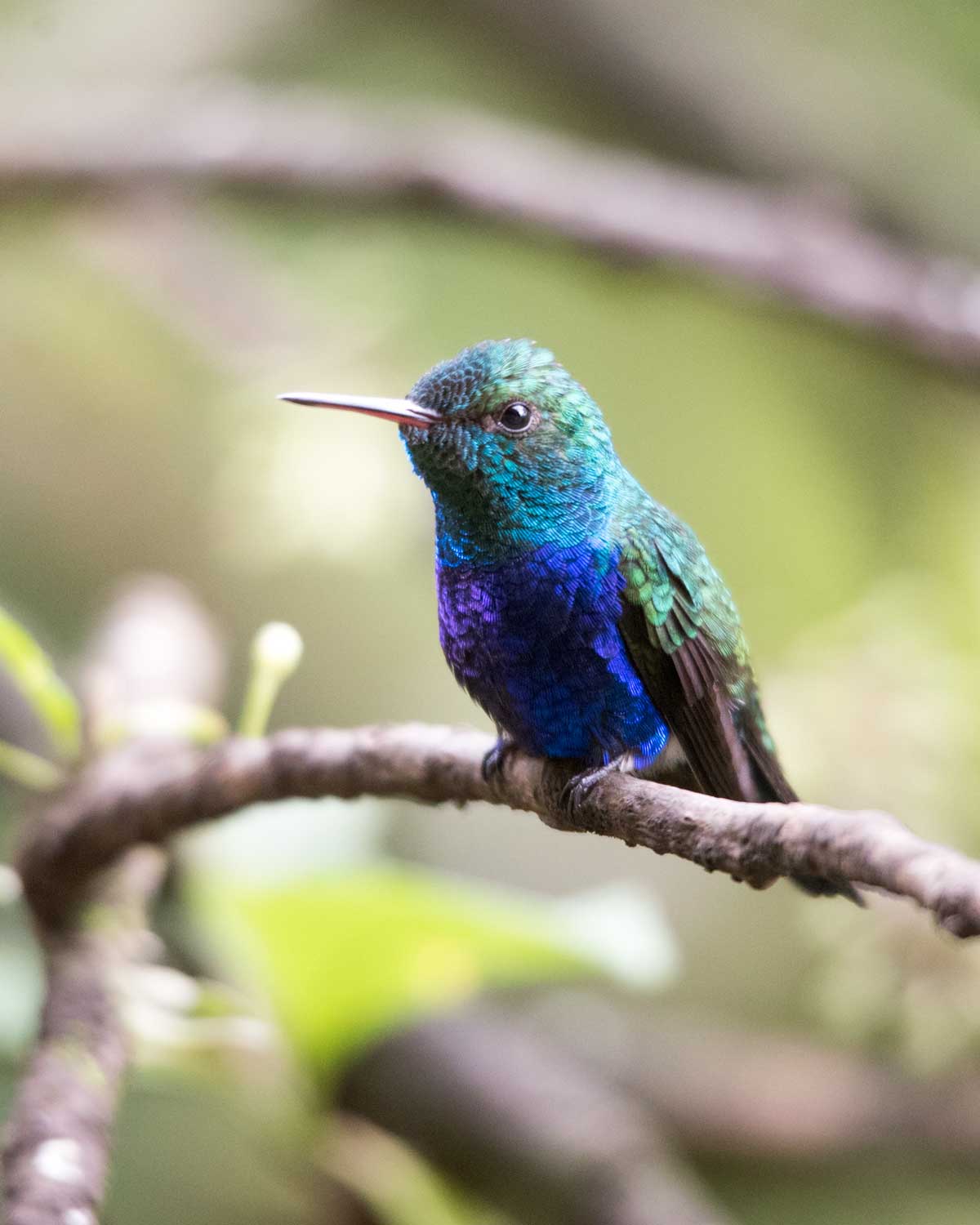

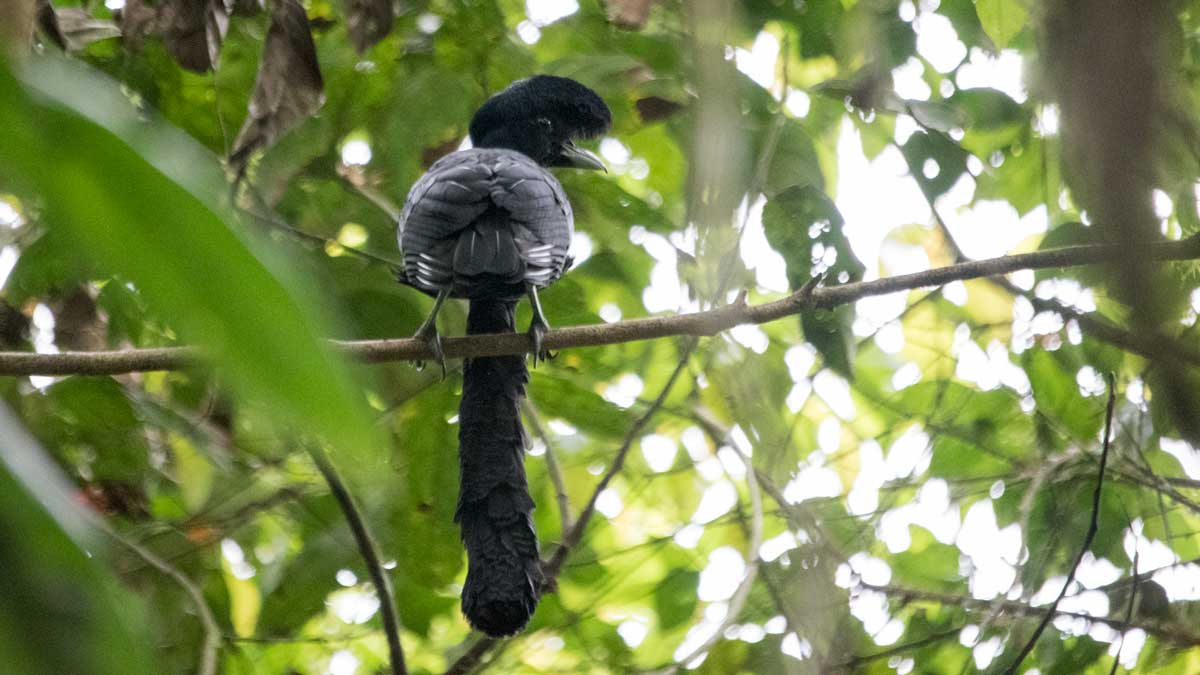
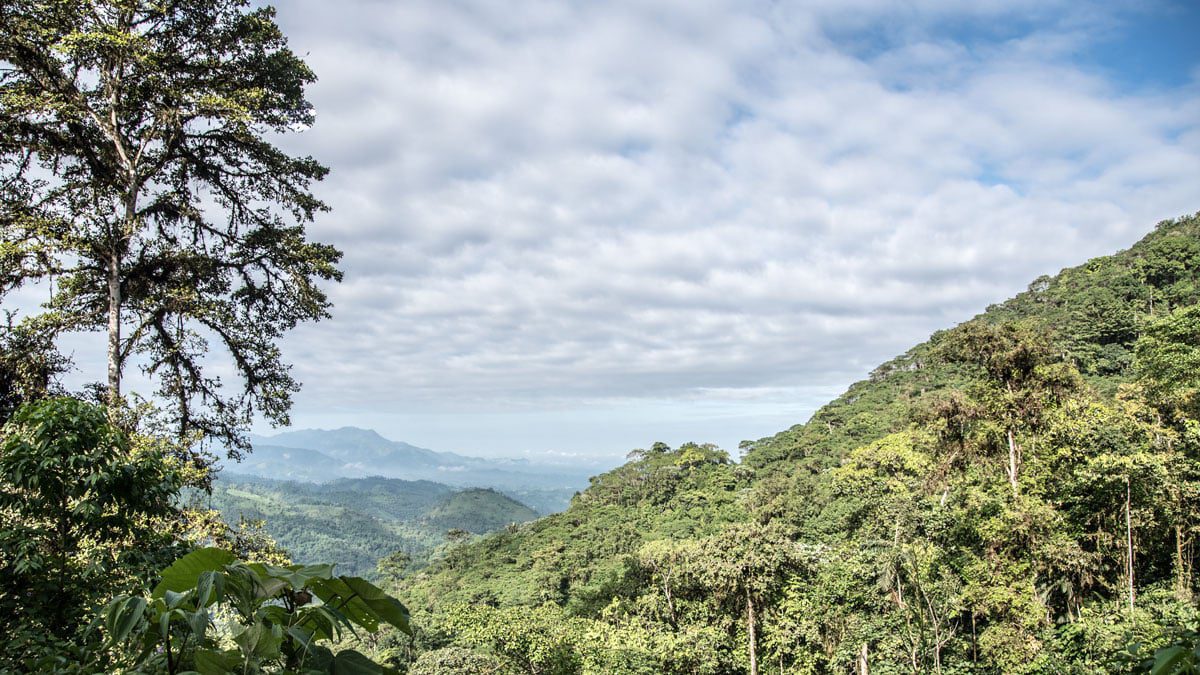

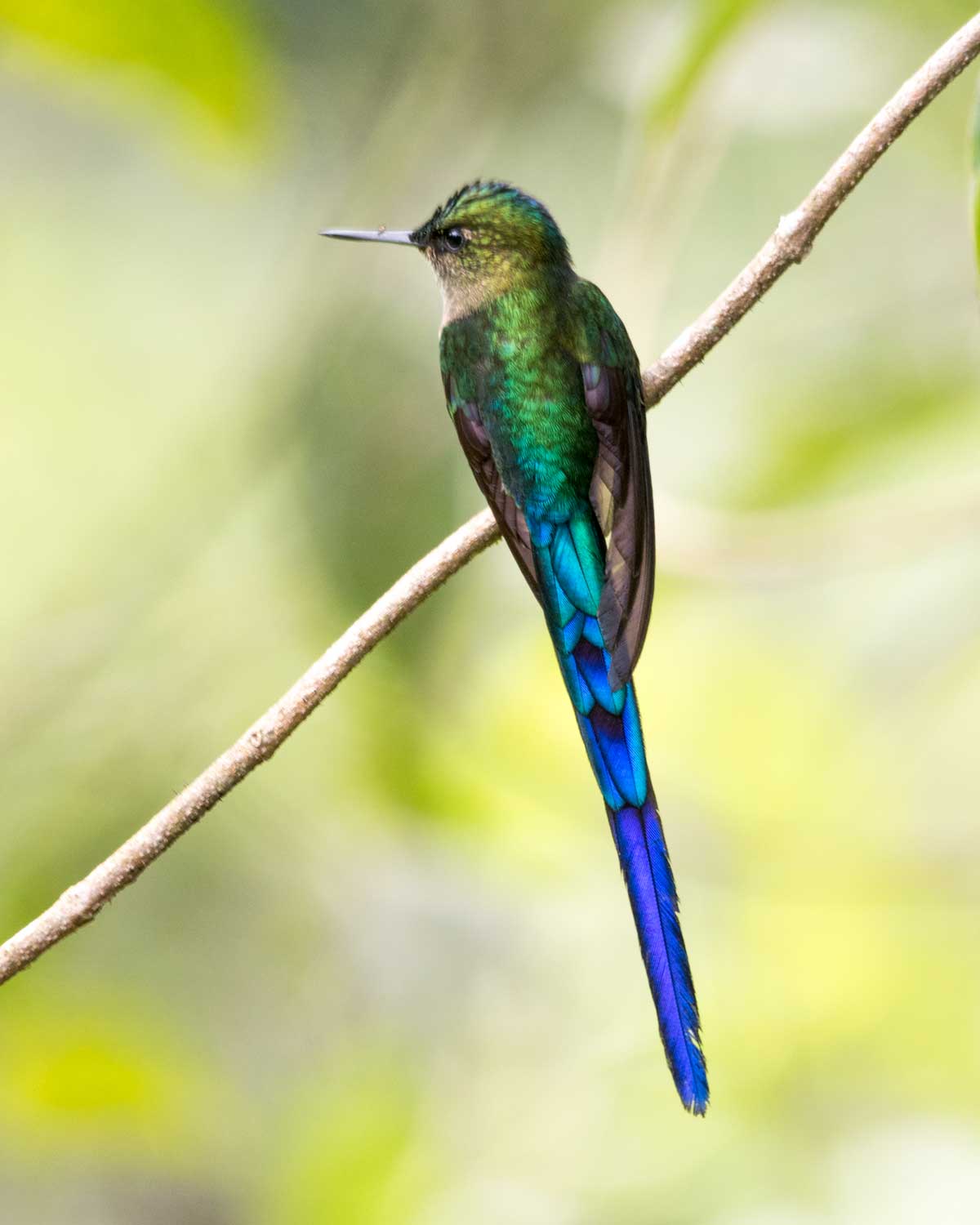


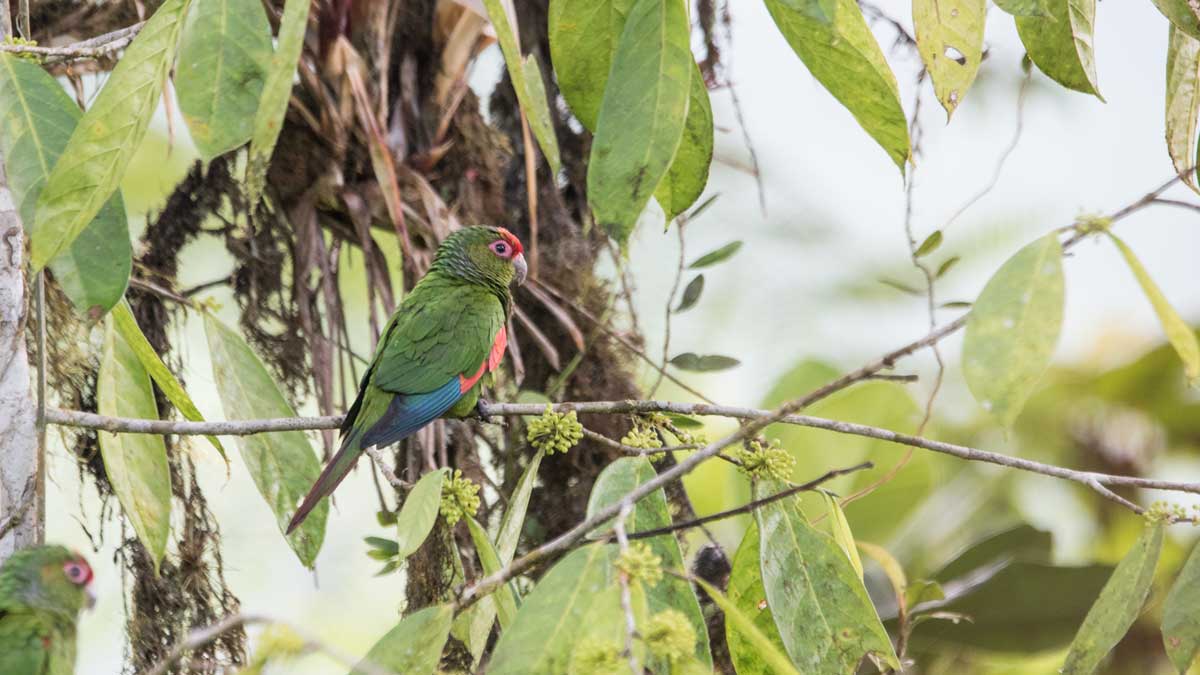
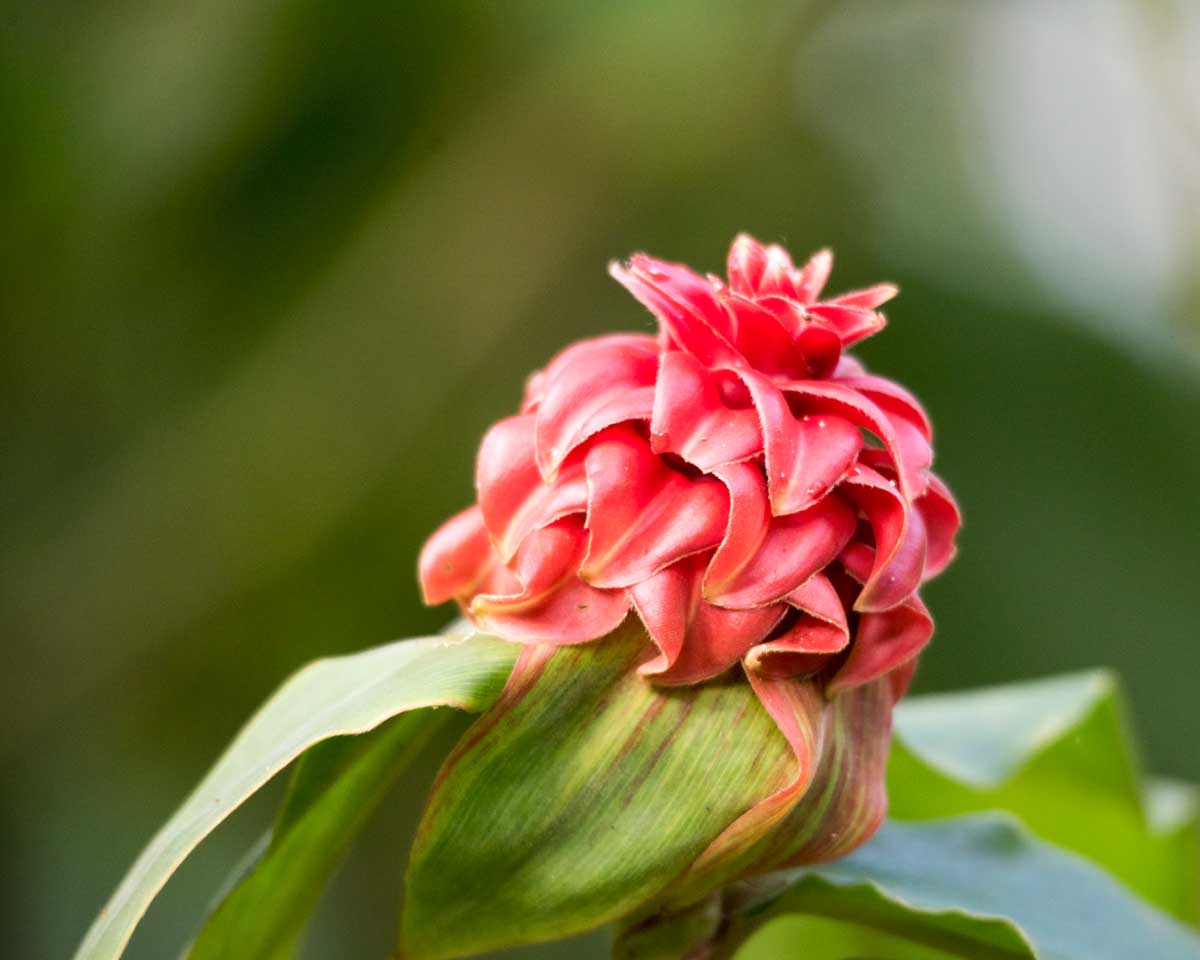

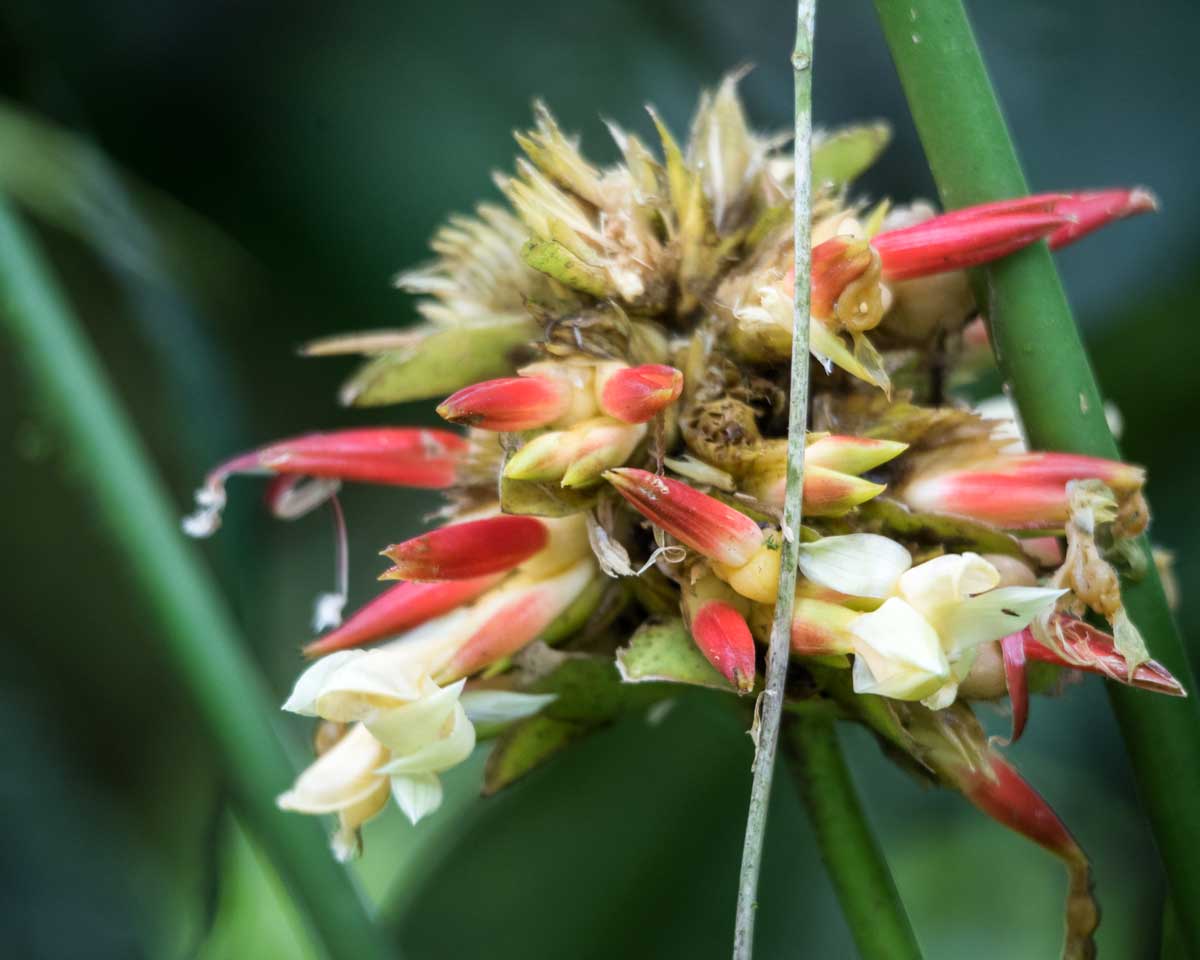
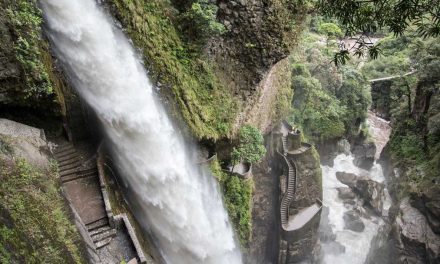

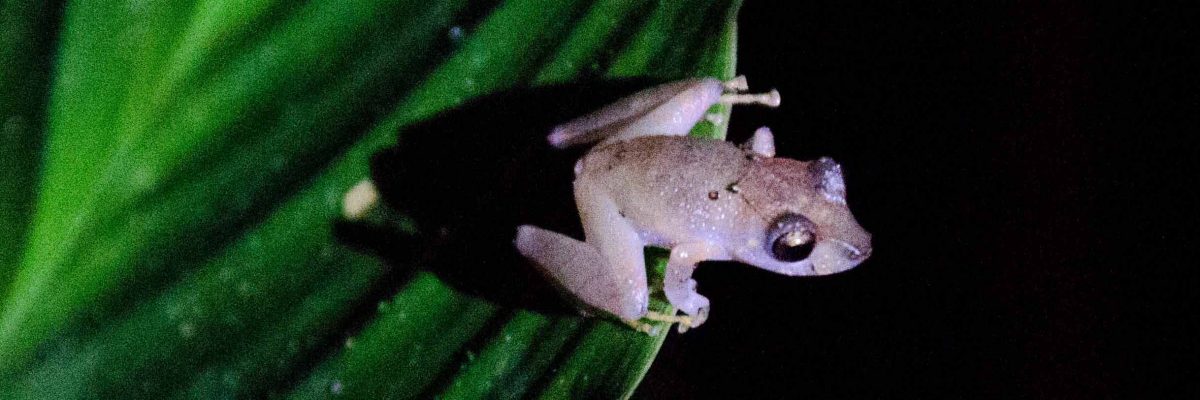
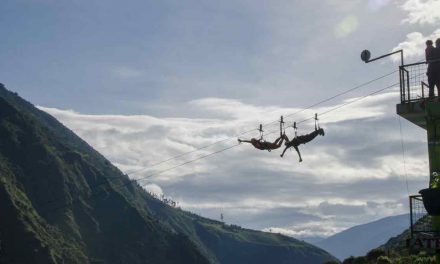

















Thank you, Angie, for another wonderful article! Thank you for spreading the word about Ecuador’s biodiversity and Jocotoco’s conservation work. It’s greatly appreciated!!
It’s my pleasure! I hope our articles help bring more tourists to Ecuador, especially in the less-visited southern provinces. There is so much to see and do!